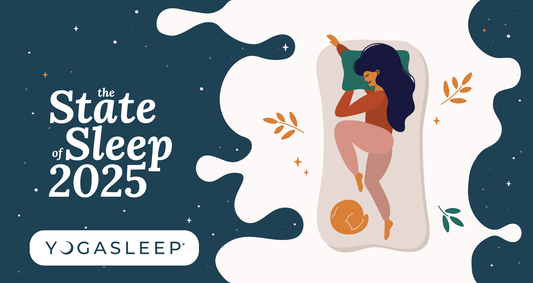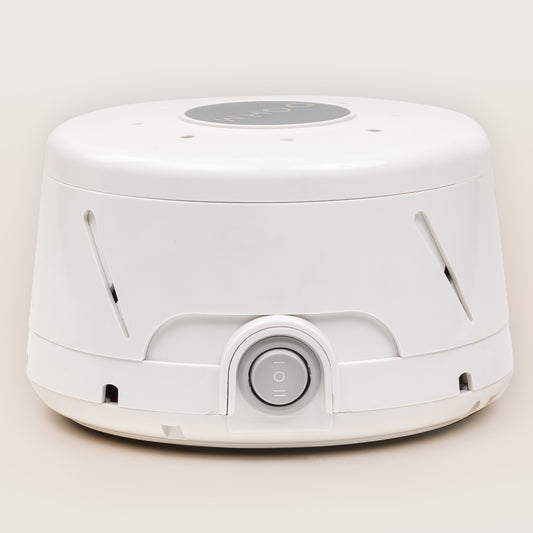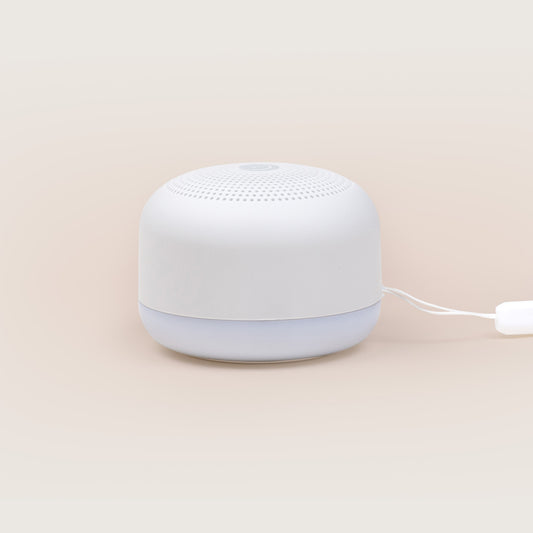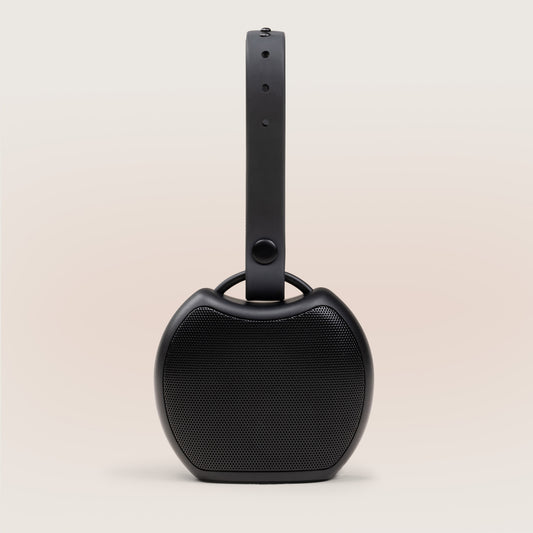
The Evolution of the Mattress
In the beginning there was straw. Maybe a little grass or some not-too-crunchy leaves. And it wasn’t good. Yes, it got you up off the floor of your cave. But it did little to support the spine, prevent morning stiffness, or otherwise significantly raise life quality.
Mattresses got an upgrade when some bright soul saw the padding potential of a nearby animal skin (“Thanks, Mr. Buffalo!”). Along about 3600 BC, forward-thinking Persians got a jump on the whole 1970s waterbed craze when they found that goatskins filled with water (tightly sealed, one would hope) made a comparatively luxe sleep surface.
Few advances were made for the next three thousand years, but then those wily Romans began stuffing cloth with various and sundry materials. Feathers worked well; whole birds not so much. Wool was nice in January, but could really make an August night hellish.
The modern mattress we know — and in some cases love — shows up in the mid 1800s, when some coiled steel springs somehow make their way into some fabric and a nearby narcoleptic promptly passes out onto it. The results are deemed acceptable, and for the next 150 years or so that’s pretty much how people sleep.
Those of us still around to sleep in the 21st century are fortunate to have a more evolved option. The invention of supportive, high-comfort foams (like YogaGel™ and Instant Response Foam™) makes it possible for a hypoallergenic, temperature-aware mattress to be compressed into a box that makes people say “how’d they get that great big mattress into that little box?
Then they say, “Wow—this is really comfortable. Good night.”













